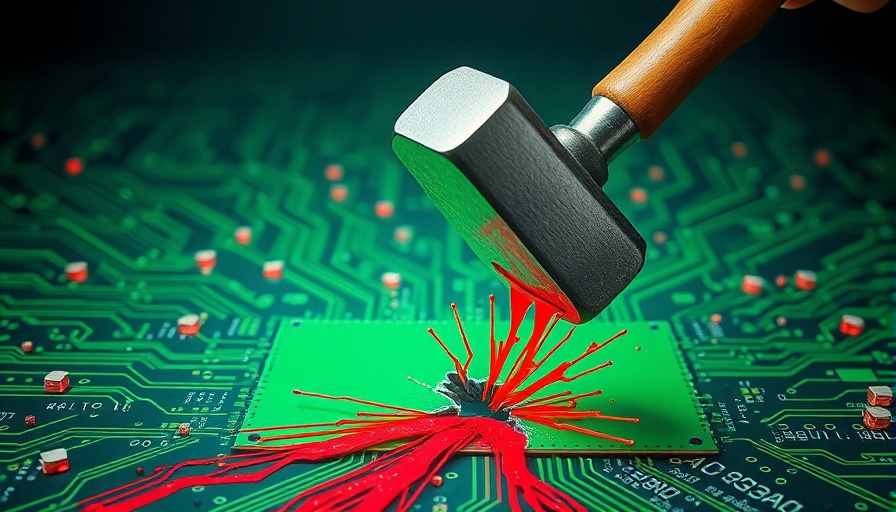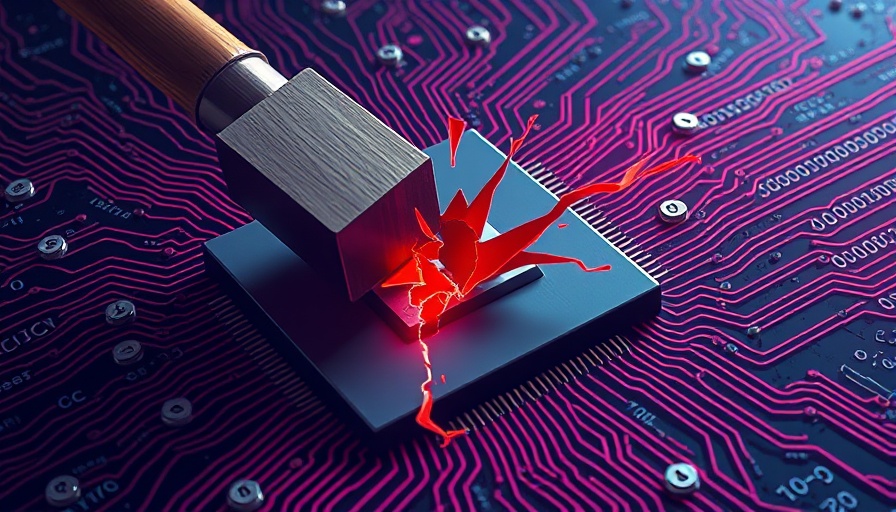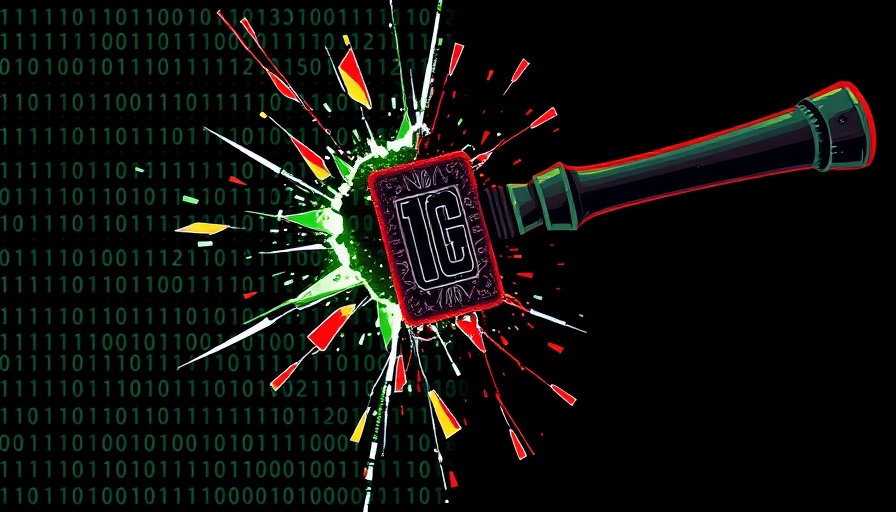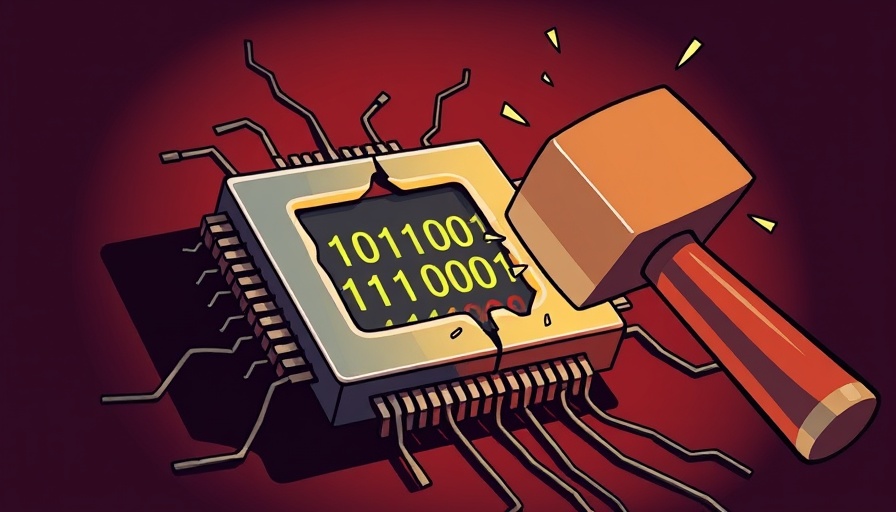
Understanding GPUHammer: A Threat in the AI Era
In the world of artificial intelligence, advancements often come with unforeseen risks. One such emerging threat is the GPUHammer attack, a new variant of the RowHammer vulnerability that specifically targets NVIDIA GPUs. This attack can definitively degrade AI models, disrupting their accuracy and performance. But how does it work, and why should it be of concern?
The Mechanics of the GPUHammer Attack
At its core, the GPUHammer attack exploits a hardware flaw called RowHammer, where rapid switching of memory rows in RAM chips can cause unintended interference in adjacent rows. Given the massive parallel processing capabilities of NVIDIA GPUs, AI models that rely on this technology become particularly vulnerable. An attacker can manipulate the GPU memory to induce errors in machine learning computations, essentially making AI systems less reliable.
The Implications of GPUHammer for Industries
The implications of GPUHammer extend beyond mere data loss. Industries reliant on data-driven technology, be it healthcare, finance, or autonomous vehicles, could face enormous consequences if their AI systems are compromised. A lapse in judgment by an AI model in such fields can lead to catastrophic outcomes. As AI technology continues to integrate into critical sector applications, understanding and mitigating risks like GPUHammer becomes essential for organizations.
Preventative Measures and Future Outlook
Fortunately, there are measures that developers and companies can take to protect their systems. Regular software updates, applying security patches, and employing memory integrity checks can help minimize the risk of GPUHammer. As organizations increasingly turn to AI for innovation, staying ahead of such threats will be paramount in safeguarding future technologies.
With the landscape of technology continuously evolving, it is critical that professionals in various sectors stay informed about threats such as GPUHammer. The best defense lies in awareness and prevention as we make strides in an AI-driven future.
 Add Row
Add Row  Add Element
Add Element 


 Add Row
Add Row  Add
Add 

Write A Comment